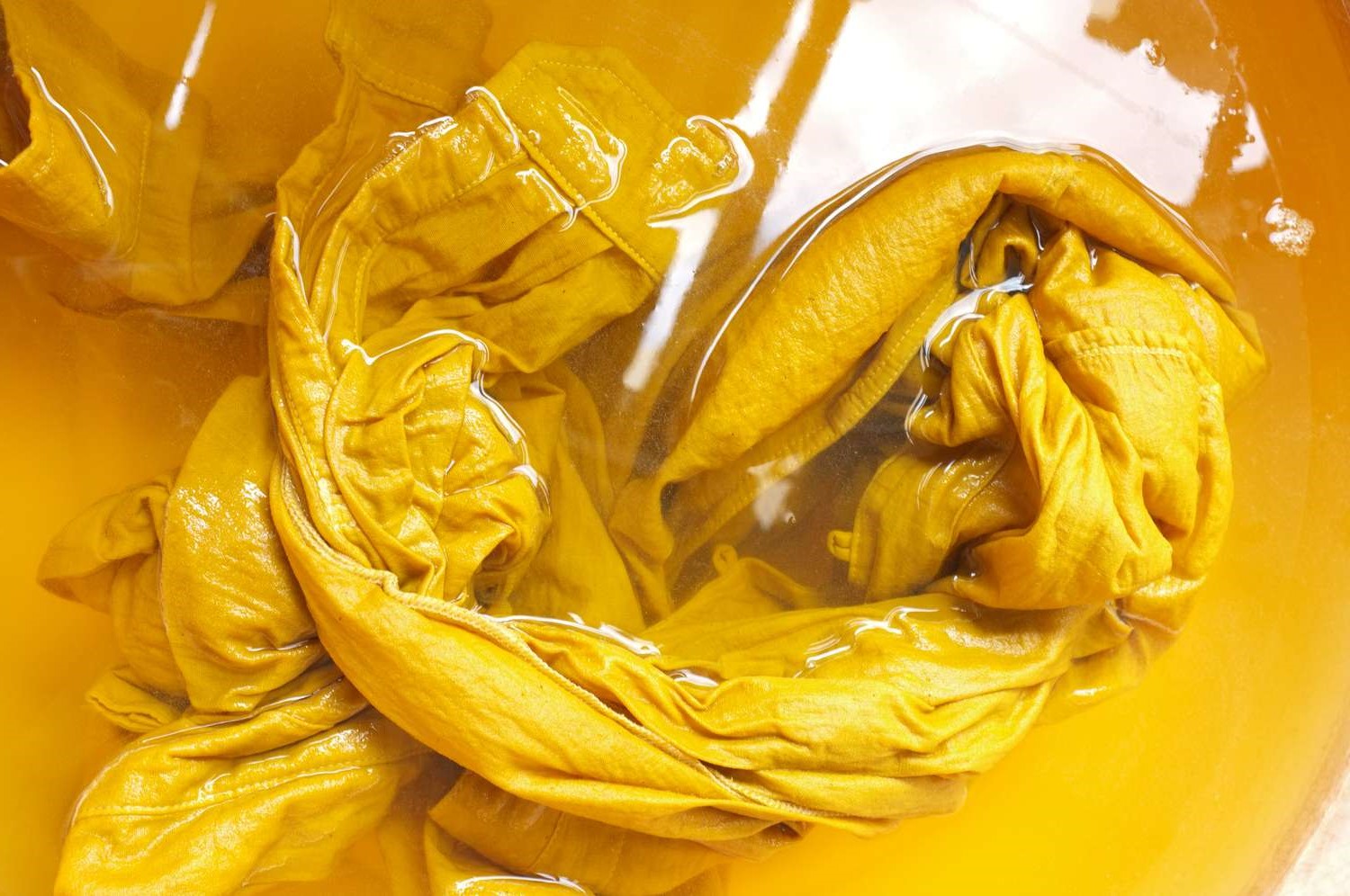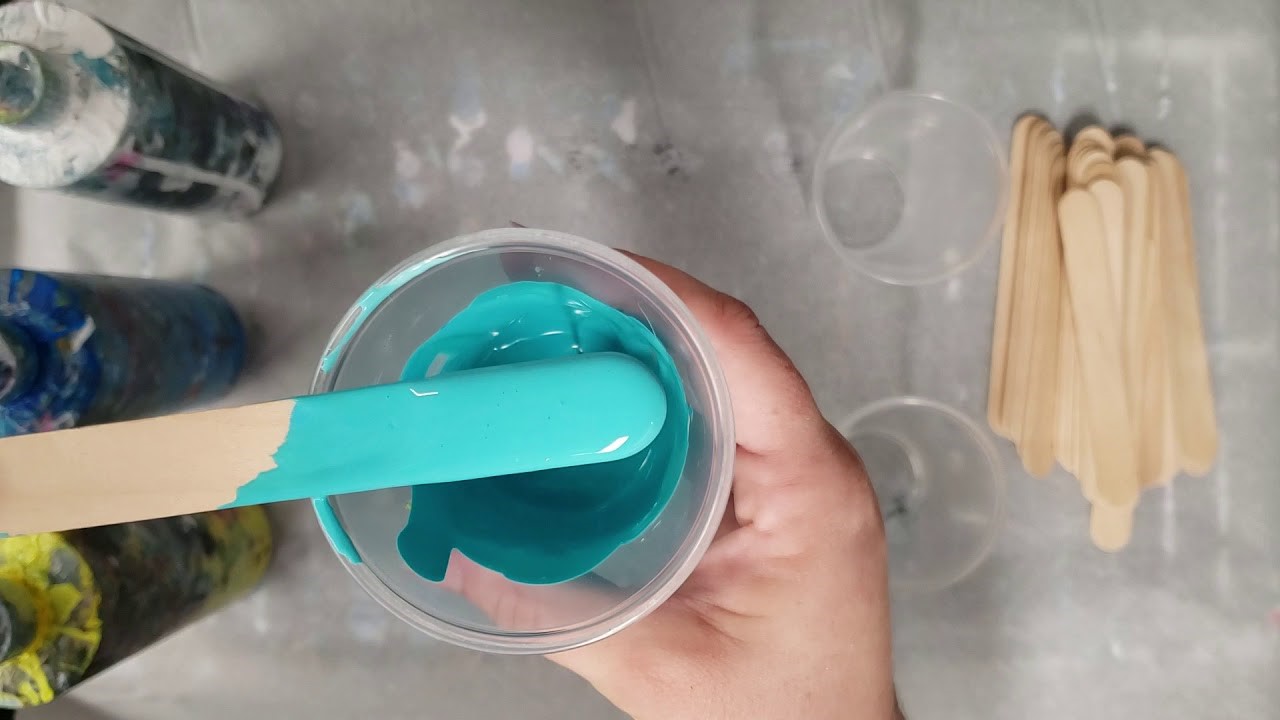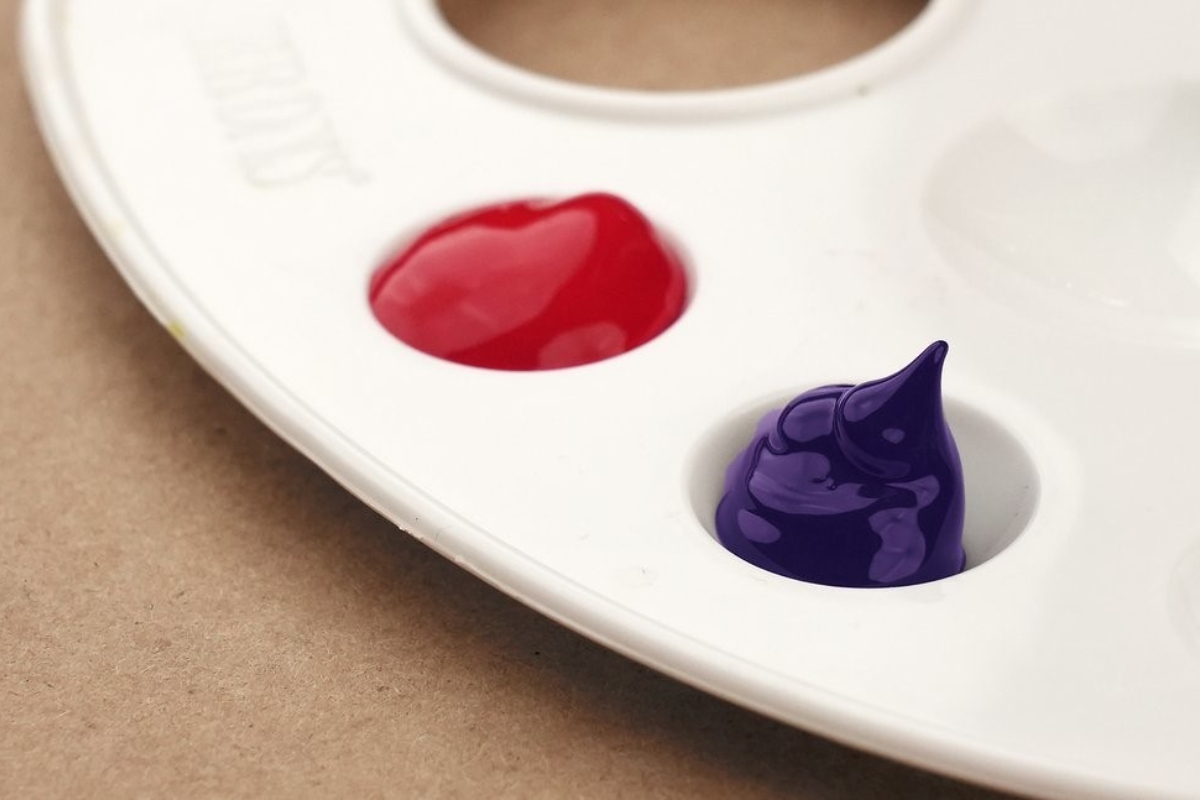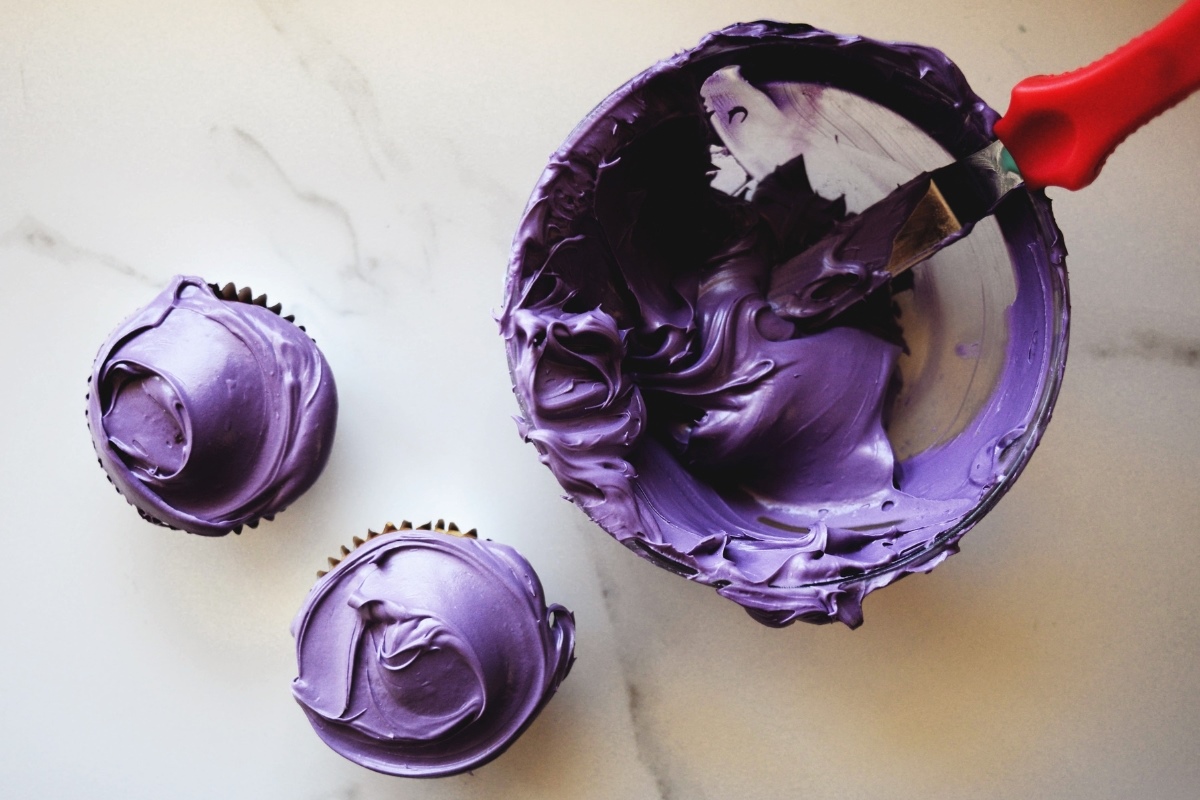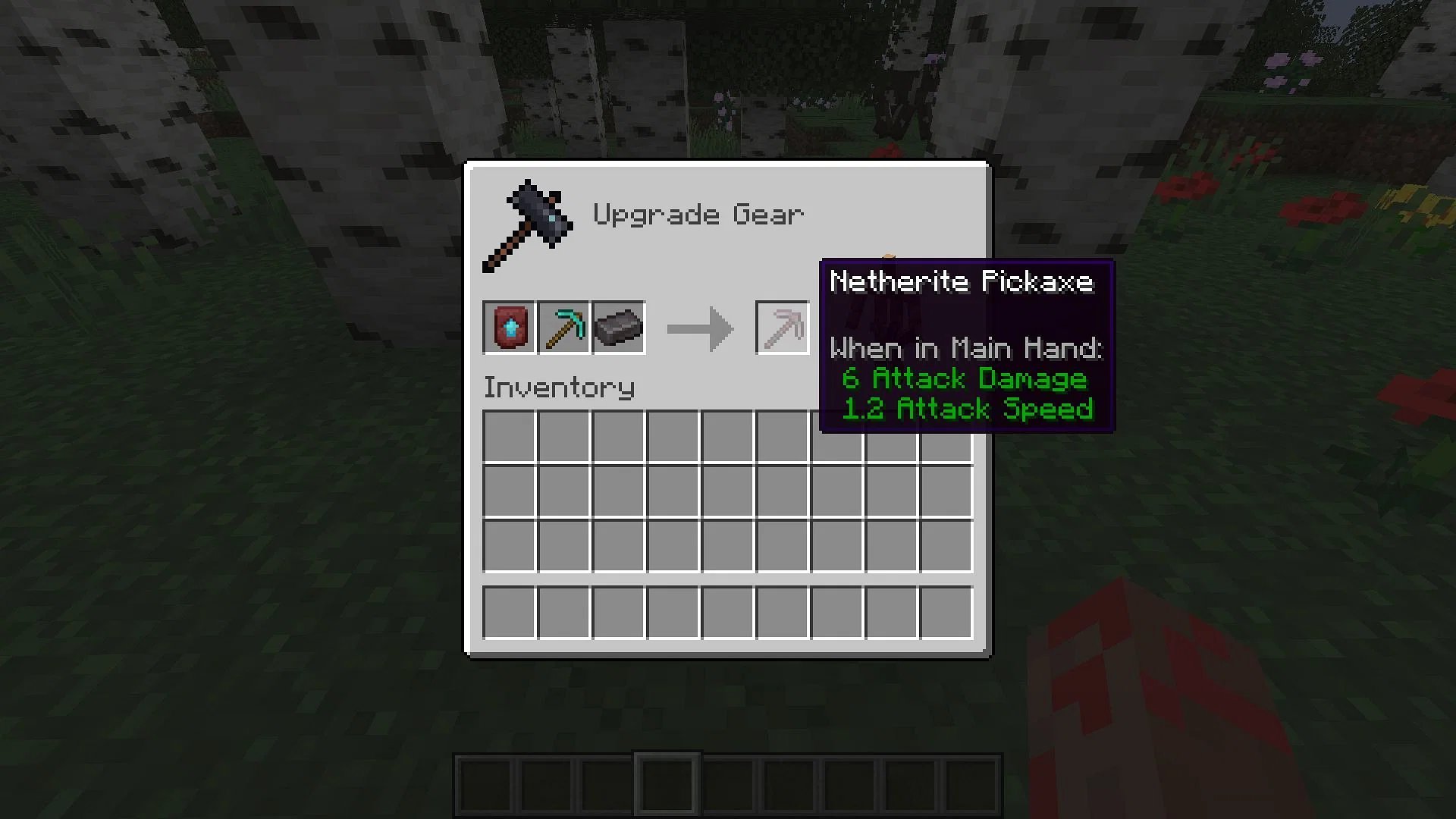Home>Home and Garden>How To Make Slime Activator At Home
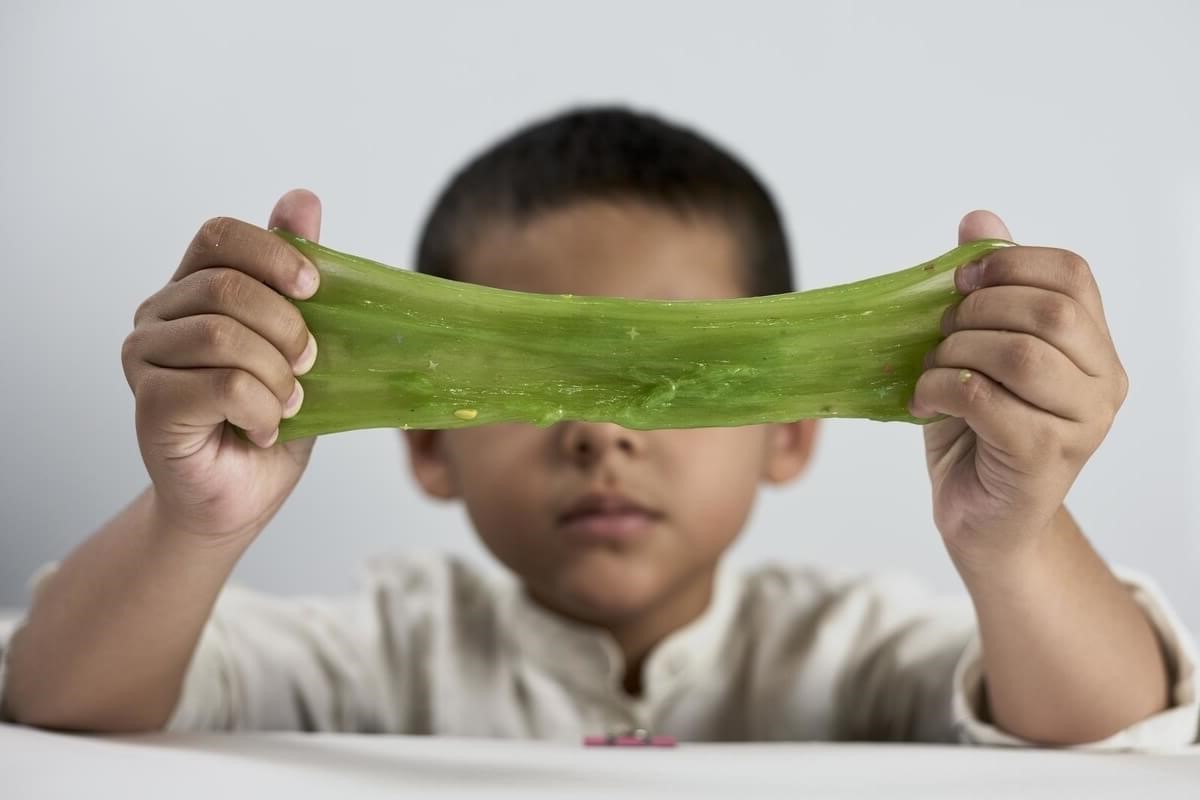

Home and Garden
How To Make Slime Activator At Home
Published: March 2, 2024
Learn how to make slime activator at home with simple ingredients from your home and garden. Create the perfect slime with this easy DIY activator recipe.
(Many of the links in this article redirect to a specific reviewed product. Your purchase of these products through affiliate links helps to generate commission for Noodls.com, at no extra cost. Learn more)
Table of Contents
Introduction
Slime has become a popular and entertaining activity for kids and adults alike. Its squishy, stretchy, and colorful nature makes it a fascinating sensory experience. However, to create the perfect slime, you need the right slime activator. This crucial ingredient is what gives slime its unique texture and consistency.
In this article, we will delve into the world of slime activators, exploring what they are, why making them at home is beneficial, the essential ingredients required, various methods for creating them, and helpful tips for using homemade slime activators. Whether you're a parent looking for a fun DIY project with your kids or a slime enthusiast eager to experiment with different recipes, learning how to make slime activator at home opens up a world of creative possibilities.
Let's embark on this exciting journey into the realm of homemade slime activators, where we'll uncover the secrets to achieving the perfect slime every time.
Read more: How To Make Slime Without Activator
What is Slime Activator?
Slime activator is a crucial component in the slime-making process. It is the magical ingredient that transforms a runny, glue-based mixture into the delightfully gooey and stretchy substance known as slime. The activator works by binding the polymer molecules in the glue, creating the desired texture and consistency.
The most common slime activator is a solution of borax and water. Borax, a naturally occurring mineral, is a powerful binding agent that links the glue's molecules together, resulting in the formation of slime. Another popular activator is a mixture of liquid starch and water, which serves the same purpose as the borax solution.
When the activator is added to the glue, a chemical reaction occurs, causing the long, flexible chains of molecules in the glue to cross-link and form a semi-solid, elastic substance. This transformation is what gives slime its unique properties, allowing it to be stretched, molded, and shaped according to one's imagination.
Understanding the role of slime activator is essential for creating the perfect slime. Different activators may yield slightly different textures and consistencies, offering enthusiasts the opportunity to experiment and customize their slime-making experience. Whether it's the classic borax solution, liquid starch, or alternative activators like saline solution or contact lens solution, each contributes to the fascinating world of slime creation.
Now that we've uncovered the essence of slime activator, let's explore the benefits of making this essential ingredient at home.
Why Make Slime Activator at Home?
Creating slime activator at home offers a myriad of benefits that cater to both practical and creative aspects of slime-making. Here are compelling reasons why making slime activator at home is a worthwhile endeavor:
-
Cost-Effective Solution: Homemade slime activator provides a cost-effective alternative to store-bought options. By utilizing common household ingredients, such as borax, liquid starch, or saline solution, you can significantly reduce the expenses associated with purchasing pre-made activators. This is particularly advantageous for parents and educators seeking budget-friendly activities for children.
-
Customization and Experimentation: Crafting slime activator at home allows for customization and experimentation. You have the freedom to adjust the concentration and formulation of the activator to achieve the desired slime consistency. This flexibility enables enthusiasts to explore various recipes, tweak ingredient ratios, and personalize the slime-making process according to individual preferences.
-
Educational Opportunity: Involving children in the creation of homemade slime activator presents an educational opportunity. It offers a hands-on lesson in chemistry and scientific principles, as they witness the transformative effects of the activator on the glue. This interactive experience fosters curiosity and learning, making slime-making a fun and educational activity for kids.
-
Sustainability and Eco-Friendliness: Making slime activator at home aligns with sustainability and eco-friendliness. By utilizing readily available ingredients, you reduce the reliance on single-use plastic packaging often associated with commercial activators. This eco-conscious approach contributes to minimizing environmental impact and promotes a more sustainable approach to crafting.
-
Creative Empowerment: Homemade slime activator empowers individuals to unleash their creativity. It encourages experimentation with different activator formulations, inspiring creativity and innovation in the slime-making process. This creative freedom fosters a sense of accomplishment and satisfaction, as enthusiasts witness the tangible results of their unique activator creations.
In essence, making slime activator at home offers a cost-effective, customizable, and educational approach to slime-making. It promotes sustainability, nurtures creativity, and provides a rewarding experience for both children and adults. With these compelling reasons in mind, let's delve into the essential ingredients required for crafting homemade slime activator.
Ingredients for Homemade Slime Activator
Crafting homemade slime activator requires simple yet essential ingredients that are readily available in most households. The versatility of these ingredients allows for a range of activator formulations, catering to various preferences and slime-making techniques. Here are the key ingredients for creating homemade slime activator:
1. Borax Solution
Borax, a naturally occurring mineral compound, is a popular choice for creating a slime activator. To make a borax solution, you will need:
- 1 teaspoon of borax powder
- 1 cup of warm water
Read more: How To Make Slime Less Sticky
2. Liquid Starch Solution
Liquid starch serves as an effective alternative to borax, offering a convenient activator option. The ingredients for a liquid starch solution include:
- 1/2 cup of liquid starch
- 1/2 cup of water
3. Saline Solution
Saline solution, commonly used for contact lens cleaning, can also be utilized as a slime activator. The ingredients for a saline solution activator are:
- 1/2 cup of saline solution
- 1/2 cup of water
4. Contact Lens Solution
Certain contact lens solutions containing boric acid and sodium borate can serve as a suitable slime activator. When using contact lens solution, ensure it contains these active ingredients for optimal slime-making results.
5. Baking Soda Solution
Baking soda, when combined with water, can act as a basic activator for slime. The ingredients for a baking soda solution activator are:
- 1 tablespoon of baking soda
- 1 cup of warm water
Read more: How To Get Slime Out Of Carpet
6. Cornstarch and Water Mixture
For those seeking a cornstarch-based activator, a simple mixture of cornstarch and water can be used. The ingredients for a cornstarch and water activator are:
- 1/2 cup of cornstarch
- 1/2 cup of water
7. Laundry Detergent
Certain mild laundry detergents, particularly those with borax or sodium borate as active ingredients, can serve as an effective slime activator. When using laundry detergent, opt for a gentle, unscented variety for best results.
8. Shampoo and Salt Solution
A combination of shampoo and salt can create a basic slime activator. The ingredients for a shampoo and salt solution activator are:
- 1/2 cup of shampoo
- 1 tablespoon of salt
- 1/2 cup of water
By utilizing these common household ingredients, individuals can experiment with various activator formulations, allowing for personalized slime-making experiences. The flexibility and accessibility of these ingredients empower enthusiasts to explore diverse activator options, fostering creativity and innovation in the exciting world of slime creation.
Methods for Making Slime Activator at Home
Creating slime activator at home offers a versatile and customizable approach to slime-making. With a variety of household ingredients at your disposal, you can experiment with different methods to craft the perfect activator for your slime. Here are several methods for making slime activator at home:
1. Borax Solution
- In a mixing bowl, combine 1 teaspoon of borax powder with 1 cup of warm water.
- Stir the mixture until the borax is fully dissolved, creating a clear solution.
- This borax solution can be used as an effective activator for slime, providing the ideal consistency and texture.
Read more: How To Make Slime Less Sticky
2. Liquid Starch Solution
- Mix 1/2 cup of liquid starch with 1/2 cup of water in a container.
- Thoroughly blend the ingredients until the liquid starch is fully incorporated into the water, creating a homogeneous solution.
- The resulting liquid starch solution serves as a reliable activator for creating stretchy and pliable slime.
3. Saline Solution
- Combine 1/2 cup of saline solution with 1/2 cup of water in a mixing bowl.
- Stir the mixture until the saline solution is evenly distributed in the water, forming a consistent activator solution.
- This saline solution can effectively bind the glue molecules, resulting in the formation of satisfyingly stretchy slime.
4. Contact Lens Solution
- Ensure the selected contact lens solution contains boric acid and sodium borate as active ingredients.
- Use the contact lens solution as a direct substitute for borax or liquid starch in the slime-making process, providing a convenient activator option.
5. Baking Soda Solution
- Dissolve 1 tablespoon of baking soda in 1 cup of warm water, creating a basic baking soda solution.
- This solution can be used as an alternative activator, offering a simple yet effective method for achieving the desired slime consistency.
Read more: How To Get Slime Out Of Carpet
6. Cornstarch and Water Mixture
- Combine 1/2 cup of cornstarch with 1/2 cup of water in a container.
- Thoroughly mix the cornstarch and water until a smooth, uniform mixture is achieved, serving as a cornstarch-based activator for slime.
7. Laundry Detergent
- Select a mild laundry detergent containing borax or sodium borate as active ingredients.
- Use the laundry detergent as an activator, ensuring it is gentle and unscented for optimal slime-making results.
8. Shampoo and Salt Solution
- Mix 1/2 cup of shampoo with 1/2 cup of water in a container.
- Add 1 tablespoon of salt to the shampoo and water mixture, stirring until the salt is fully dissolved.
- This shampoo and salt solution can serve as a basic activator for creating unique and enjoyable slime.
By exploring these diverse methods for making slime activator at home, enthusiasts can tailor their slime-making experience to their preferences, fostering creativity and innovation in the fascinating world of slime creation.
Read more: How To Delete Activity Log On Facebook
Tips for Using Homemade Slime Activator
Creating homemade slime activator opens up a world of possibilities for crafting unique and enjoyable slime. To ensure a successful and satisfying slime-making experience, consider the following tips for using homemade slime activator:
-
Gradual Mixing: When incorporating the homemade slime activator into the glue, add it gradually while stirring continuously. This gradual mixing allows for better control over the slime's consistency, preventing it from becoming too stiff or runny.
-
Observation and Adjustment: As you add the activator to the glue, observe the texture and elasticity of the slime. If the slime appears too sticky, add a small amount of activator and continue mixing until the desired consistency is achieved. Conversely, if the slime is too firm, incorporate a small amount of water to soften it.
-
Uniform Distribution: Ensure that the homemade slime activator is evenly distributed throughout the glue mixture. Thorough mixing is essential to activate the binding process and achieve a uniform texture in the slime.
-
Resting Period: Allow the slime to rest for a few minutes after adding the activator. This resting period enables the activator to fully interact with the glue, resulting in a smoother and more cohesive slime.
-
Storage and Rejuvenation: Store the homemade slime in an airtight container to prevent it from drying out. If the slime loses its elasticity over time, a small amount of the homemade activator can be added to rejuvenate and restore its stretchy consistency.
-
Experimentation with Ratios: Embrace experimentation by adjusting the ratio of homemade activator to glue. This allows for customization of the slime's texture, enabling you to create slime with varying degrees of stretchiness and firmness.
-
Safety Precautions: When making and using homemade slime activator, prioritize safety by ensuring that all ingredients are handled responsibly. Supervise children during the slime-making process and emphasize the importance of proper handwashing after handling the activator and slime.
By incorporating these tips into your slime-making endeavors, you can maximize the effectiveness of homemade slime activator and unleash your creativity in crafting delightful and captivating slime creations.
Conclusion
In conclusion, the art of making slime activator at home offers a myriad of benefits, ranging from cost-effectiveness and customization to educational opportunities and sustainability. By utilizing common household ingredients such as borax, liquid starch, saline solution, and more, individuals can embark on a creative journey, exploring diverse activator formulations and methods. The versatility of homemade slime activator empowers enthusiasts to tailor their slime-making experience, fostering innovation and imaginative expression.
Crafting homemade slime activator not only provides a budget-friendly alternative to store-bought options but also encourages hands-on learning and experimentation, making it an ideal activity for parents, educators, and slime enthusiasts alike. The process of creating slime activator at home presents an educational opportunity, allowing children to witness the transformative effects of the activator on the glue, thereby fostering curiosity and understanding of scientific principles.
Furthermore, the eco-friendly and sustainable aspects of making slime activator at home align with a conscientious approach to crafting, minimizing environmental impact and promoting responsible use of resources. This eco-conscious mindset contributes to a more sustainable and mindful approach to slime-making, instilling valuable lessons in environmental stewardship.
The tips for using homemade slime activator serve as a guide for enthusiasts, ensuring a successful and enjoyable slime-making experience. By incorporating gradual mixing, observation, and adjustment, as well as proper storage and safety precautions, individuals can maximize the effectiveness of homemade activators and create captivating and resilient slime creations.
In essence, the journey into the realm of homemade slime activators is a testament to the boundless creativity and ingenuity that can be unleashed through simple household ingredients. Whether it's the joy of crafting with children, the thrill of experimentation, or the satisfaction of sustainable and eco-friendly practices, making slime activator at home opens up a world of imaginative possibilities, fostering a sense of accomplishment and delight in the art of slime-making.
